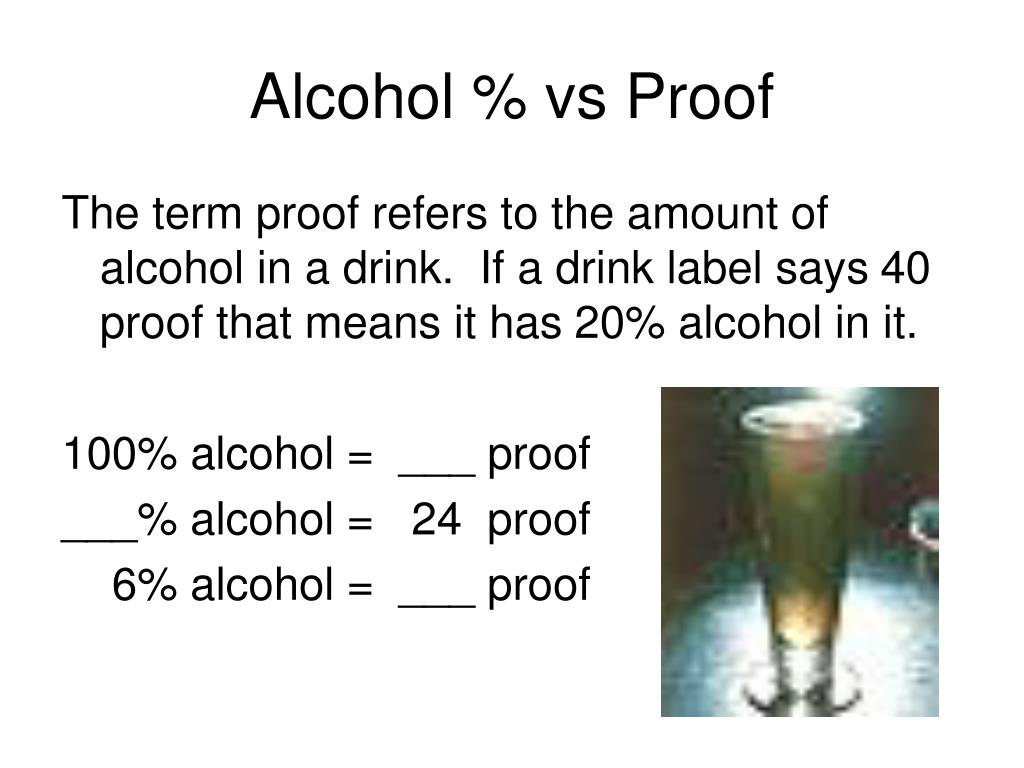
Alcohol by volume (ABV) is a standard measure used to describe the alcohol content of a drink. Proof, on the other hand, is a measure of the alcohol content that is used in the United States. If you are trying to convert ABV to proof, you are in the right place. In this article, we will explain how to convert alcohol by volume to proof.
Understanding Alcohol by Volume (ABV)

Alcohol by volume (ABV) is a measure of how much alcohol is present in a drink, expressed as a percentage of the total volume of the drink. For example, if a drink has an ABV of 40%, it means that 40% of the total volume of the drink is alcohol.
ABV is commonly used in the European Union and Australia to label alcoholic beverages. In the United States, alcohol content is typically expressed in terms of proof.
Understanding Proof

Proof is a measure of the alcohol content of a drink that is used in the United States. It is twice the percentage of alcohol by volume (ABV).
For example, if a drink has an ABV of 40%, its proof is 80 (40 x 2 = 80). Similarly, a drink with an ABV of 50% has a proof of 100 (50 x 2 = 100).
How to Convert ABV to Proof

Converting ABV to proof is a simple process. You just need to multiply the ABV by 2. For example, if a drink has an ABV of 40%, its proof is 80 (40 x 2 = 80).
Similarly, if a drink has an ABV of 50%, its proof is 100 (50 x 2 = 100). To convert any ABV to proof, simply multiply the ABV by 2.
Why Do We Use Proof in the United States?

The use of proof to measure alcohol content in the United States dates back to the 18th century. At the time, alcohol was taxed based on its alcohol content, and tax collectors needed a way to quickly and easily measure the alcohol content of a drink.
They found that if they mixed the alcohol with gunpowder and set it on fire, it would burn with a blue flame if the alcohol content was high enough. The alcohol content was then measured in terms of "degrees proof" - the highest alcohol content at which the gunpowder would still ignite.
Today, the use of proof is simply a matter of tradition and convenience. It is a quick and easy way to express the alcohol content of a drink in the United States.
Conclusion

Converting alcohol by volume (ABV) to proof is a simple process that involves multiplying the ABV by 2. Proof is a measure of the alcohol content that is used in the United States, and it is twice the percentage of alcohol by volume (ABV).
Whether you are a bartender, a tax collector, or just a curious drinker, understanding how to convert ABV to proof can be helpful. We hope this article has helped you understand the differences between ABV and proof, and how to convert one to the other.